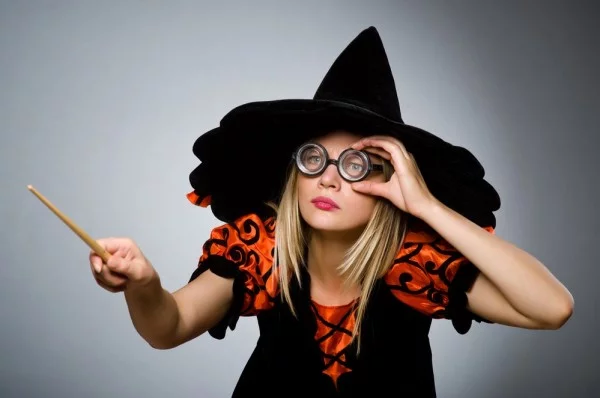These ‘magic muscles’ seem to act differently from the other muscles in the body and we need to get them working at all cost by prodding and poking or performing bizarre exercises to ‘fire’ them up so that we can avoid ‘dysfunction’ and the inevitable contribution to pain from ‘sub optimal’ activation.

Examples of these muscles and their related ‘dysfunctions’ are the TvA and back pain, the rotator cuff and shoulder pain and the glutes and well every pain going from the knee to the lower back and shoulder.
Sometimes (this means often) we just blame the muscle automatically without even bothering to perform ANY kind of test.
Simply stating “Your back pain is because your TvA is not firing”
We have some wonderful theories about how and when ‘magic’ muscles should activate and what role they perform at a joint such as are they movers or stabilizers.
It has been suggested some deep muscles should activate first and independently of the movement being performed to provide stability rather than help move the body such as the TvA and rotator cuff whilst the glutes should activate first before other more superficial muscles of the hip to be the ‘prime mover’.
It has also been hypothesized that muscles may have specific jobs because of their fibre type. Muscles with a predominance of slow twitch fibres mean that they are better suited to a postural or ‘stabilizer’ role rather than movers witch have been proposed to contain a greater proportion of type 2 fibres. Sometimes we call them local and global or even fancier…..tonic and phasic.
This influences a whole bunch of what people do, both therapeutically and in gym settings. Do we have much evidence beyond the theory to support these common practices?
This gives us three questions to answer in this blog in relation to this line of theory about muscles and if it contrasts with what has ACTUALLY been studied?
• Do ‘magic’ muscles have specific firing patterns or onset times?
• Do ‘magic’ muscles act independently to carry out specific roles such as stabilization?
• Do ‘magic’ muscles display a distinct dominance of fibre type that mean they have specific roles such as moving or stabilizing?


